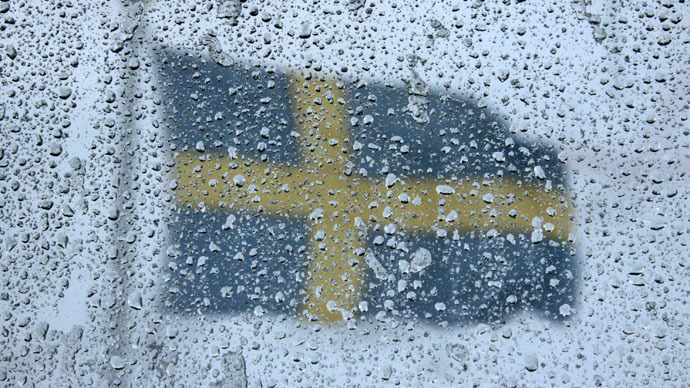Sweden 'integration problems' expected to fuel segregation expansion

A major survey reveals increased levels of segregation between native Swedes and second-generation immigrants in some of the biggest towns in Sweden over the past two decades. Some experts predict further growth could be "unfortunate," however.
Using a value labeled ‘the segregation differential’, the Dagens
Nyheter newspaper, along with Statistics Sweden, mapped out
ethnic segregation in the 30 largest municipalities across the
country. The challenge was to find out how large a proportion of
all immigrants and second-generation immigrants have other
foreign-born neighbors or people with foreign-born parents as
their 400 next-door neighbors to compare the figures to the same
amount for native Swedes. The difference between the two values
gives the segregation figure.
“That the number of immigrants and native Swedes differs suggests
segregation," economics Professor Olof Åslund of the
Institute for Labour Market and Education Policy Evaluation told
Dagens Nyheter.
"We can tell that over a period over of time it is on the
increase – it is noticeable. The number of people from foreign
backgrounds has gone up and it has risen more in areas that
already have a large number of immigrants,” he stated.
Segregation in Stockholm, rich people in certain parts of town, poor people (often born abroad) in others. #Swedenhttp://t.co/j52nDs5yGW
— Ulla Miettunen (@ullamiettunen) March 10, 2015
Back in 1991, the segregation differential for Stockholm was 14
percentage points, in striking contrast to 22 percentage points
these days. In Gothenburg, second largest city in Sweden, it has
gone up from 14 to 25, while in Sweden's third-largest city,
Malmö, it has gone up from 16 to 22 percentage points.
Compared to 1991, segregation has risen the most in Kristianstad
(home to over 35,000 people), Örebro (the seventh-largest town in
the country with a population of about 140,000) and Linköping (in
southern Sweden with 104,232 inhabitants) in central Sweden. The
former has seen an exceptional rise, from 6 percentage points in
1991 to 27 today.
The three most-segregated municipalities in 2013 were Botkyrka
and Södertälje, close to Stockholm, and Kristianstad in the
south. Dagens Nyheter says that's because the municipalities have
invested in high-rise buildings where the number of people from a
non-Swedish background is also high, but also has large clusters
of detached housing areas, mostly occupied by native Swedes.
According to cultural geography researcher at Uppsala University,
John Östh, segregation could continue its growth. "Seen over
a long period, the development could be unfortunate," he
warns, however.
“You make segregation so much stronger. We have a strong
influx of people, but don't build as many houses. We, perhaps,
aren't even ready to integrate them in school. I am immensely
positive to our immigration, but we do have integration problems.
Segregation will continue to rise,” Östh told the paper.
READ MORE: EU to hold immigrants at bay with third-country asylum centers
Sweden receives the highest number of refugees per capita in the
European Union, second only to Germany. Last month the UN high
commissioner for refugees (UNHCR), Antonio Guterres, called on
the EU to impose a quota system aimed at preventing the two
countries from taking in a greater number of asylum-seekers than
all other member states.
An Ipsos poll earlier this year suggested that integration is the
second top concern of eligible voters in Sweden, just behind
education, the Local reported. One in five voters stated that the
integration of immigrants is the biggest social issue in Sweden,
a survey commissioned by Dagens Nyheter showed. Last year in
August, only 13 percent responded that integration was their
major concern.












